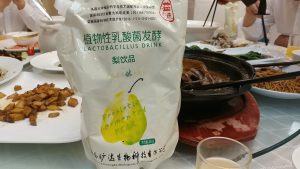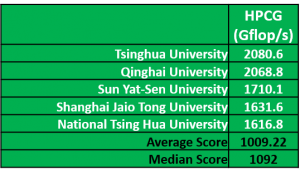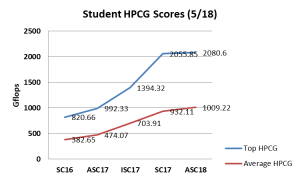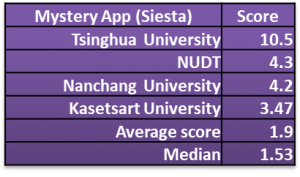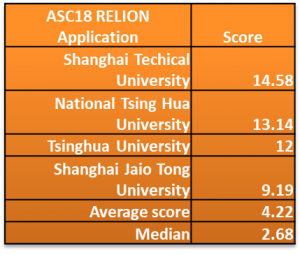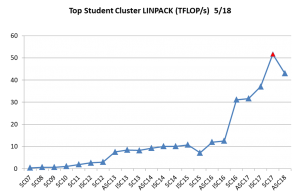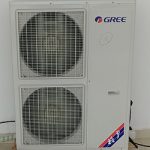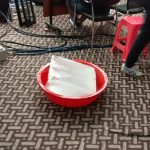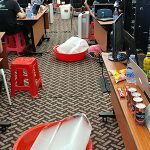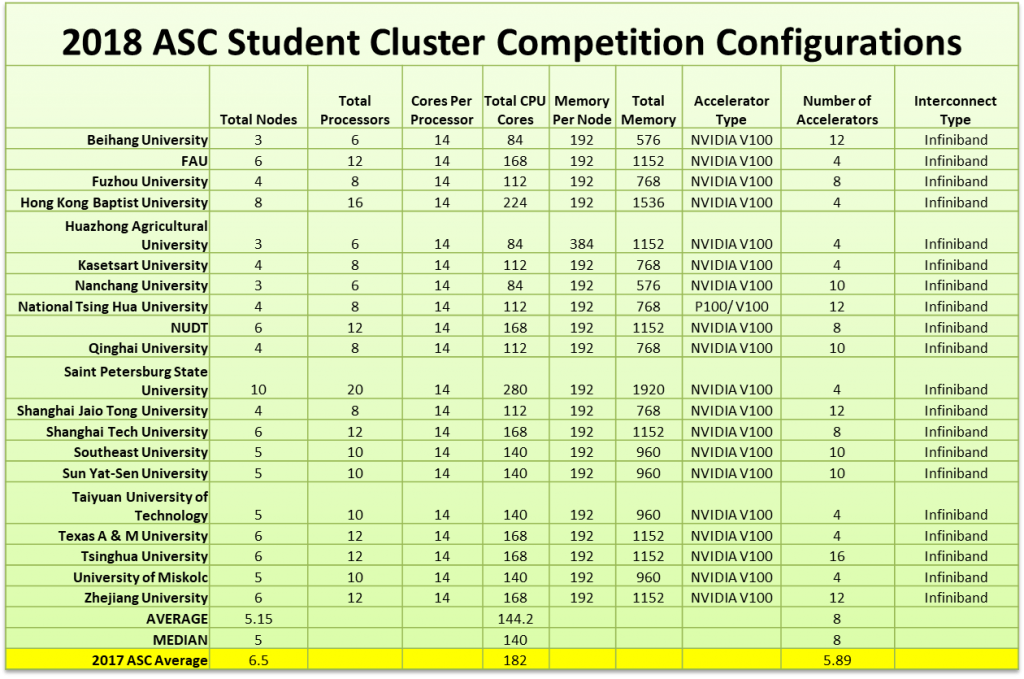So you think World Cup soccer is a big deal? While I’m sure it’s very compelling to watch a bunch of athletes kick a ball around, World Cup misses the boat because it doesn’t include teams putting together their own supercomputers and then racing them against other teams. What a pity.
There is only one event this summer that has all the excitement of World Cup and includes supercomputer construction, optimization, and competitive benchmarking. That event is the ISC18 Student Cluster Competition, kicking off in Frankfurt on June 25th.
The university teams competing at ISC18 have their work cut out for them. They’ll have to be at the peak of their game to handle what the organizers are throwing at them this year. Let’s take a gander at what they’ll be doing.
Monday
, the first day of the competition, is Benchmark Day. First up, they’ll be running the HPC Challenge (HPCC) benchmark. This is a combination of several benchmarks (STREAM, HPL, PTRANS, FFT and others) that are designed to test every aspect of a supercomputer.
Next on their Benchmark Day menu is a heaping helping of LINPACK (HPL). They’re be running LINPACK in order to qualify for, and hopefully win, the Highest LINPACK trophy. For dessert, each team will try to get the highest HPCG (HP Conjugant Gradient) score. HPCG is a grueling benchmark that will test their machines to the limit. While there isn’t a separate award for highest HPCG, it’s one of the scores I track over all the competitions and publish world records for. Team scores for HPCG and HPCC will account for 10% each when it comes to overall champion points.
Day two, Tuesday, is when the supercomputing Padawans get to try their luck on real scientific applications. Here’s what they’re facing:
Grid: a C++ library that is designed to exploit parallelism at all levels, including SIMD (vector instructions), OpenMP (shared memory parallelism), and MPI (distributed memory through message passing). Students will be judged on their time to solution results based on a problem set that will be provided by competition organizers. Grid results will account for 15% of the team’s overall score.
Nektar++: is an application I’ve never heard of before. According to organizers, it’s a spectral/hp element framework designed to support the construction of efficient high-performance scalable solvers for a wide range of partial differential equations. It has been used for things like studying how fluids flow through a channel with corrugated walls and how air flows over a Formula 1 car body. So if you want to do either of those things, Nektar++ is for you. Student scores on Nektar++ will account for 15% in the overall scoring.
Secret Application: this one is, of course, a secret. However, I’m guessing it will be Mine Sweeper, with students judged on how quickly their machine can solve the game when it’s set to “Uber Hard.” Like Grid and Nektar++, the secret application will account for 15% of overall scoring.
AI Application: in this task, students will use TensorFlow to do image recognition model training. Students will be asked to demonstrate maximum accuracy within a fixed training time using ImageNet 2012. More details on how this application will work when I’m on the ground in Frankfurt. This is the most valuable application when it comes to scoring with 25% weight in the total event score.
In addition to the benchmarks and applications , student teams will be interviewed by representatives of the Student Cluster Competition board, an august organization of HPC experts. The interviewers will talk with each team in order to learn how well the teams understand their systems, the applications, and find out what steps they took optimize the benchmarks and applications. The team interview accounts for 10% of their overall score.
In our next article, “Why the ISC18 Student Cluster Competition is Better than World Cup,” we take a look at how the two international competitions stack up…stay tuned.



